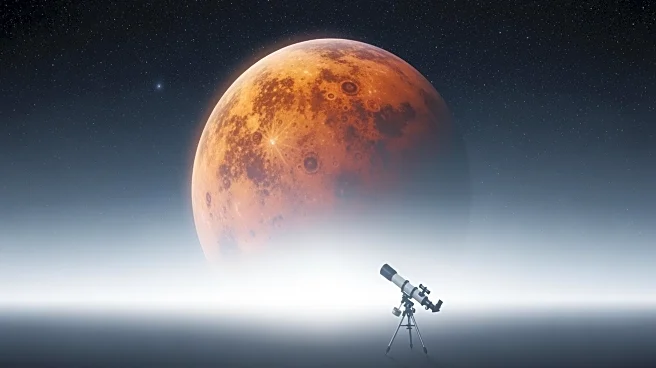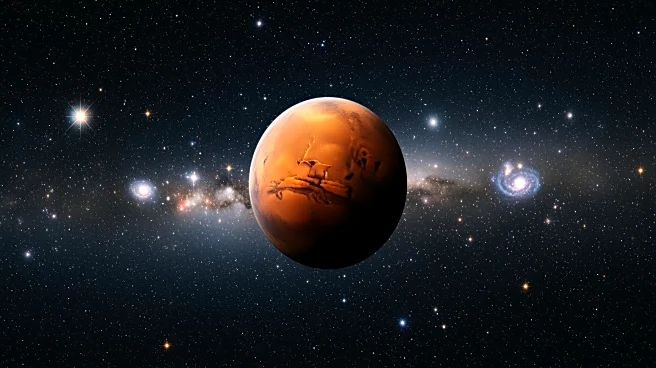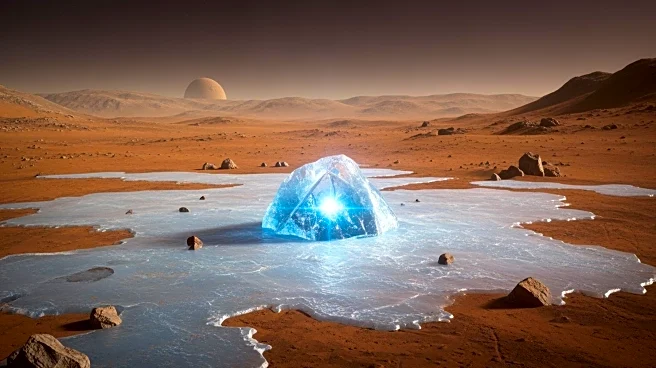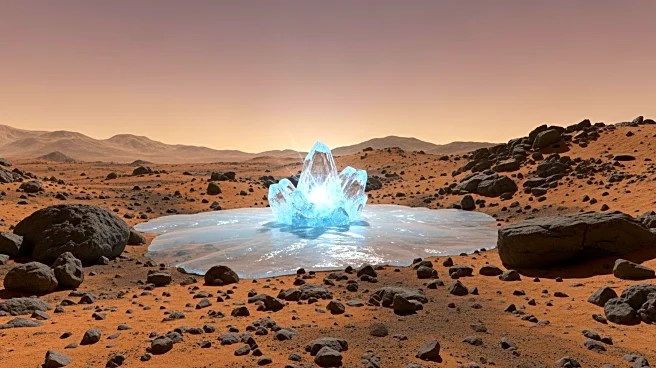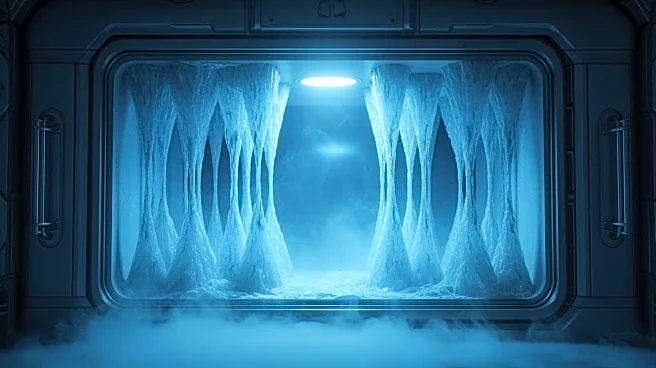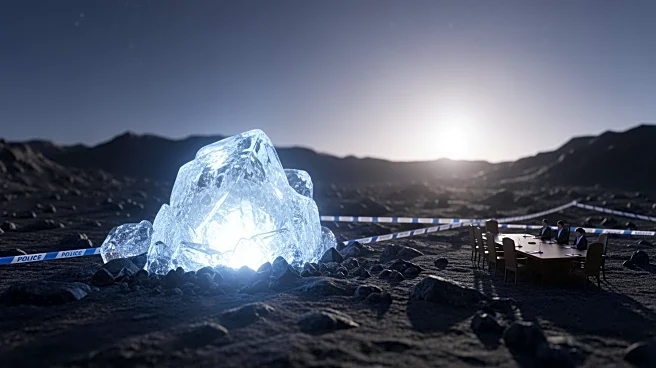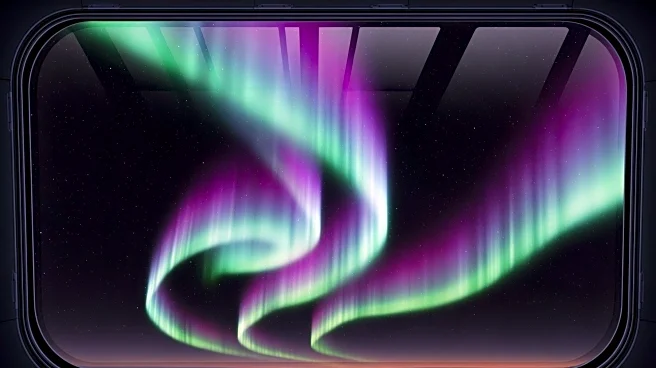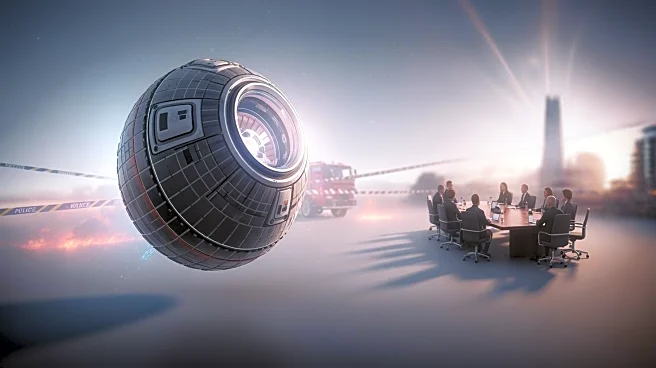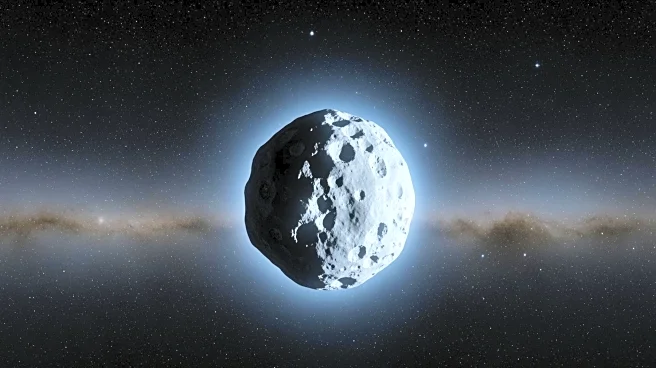What's Happening?
A viral image circulating on social media platforms such as X, Instagram Reels, YouTube Shorts, and Facebook has been debunked as misleading. The image purportedly shows a stunning view of the Martian
night sky with a rover in the foreground and a vibrant Milky Way overhead. However, it has been revealed that the image is a composite or manipulated photograph, not an authentic capture from NASA's rovers. The genuine appearance of Mars' night sky, as documented by NASA, is much more subdued, often showing a dust-muted sky with Earth appearing as a faint point of light. The viral image falsely attributes the dazzling star field to NASA's Curiosity or Perseverance rovers, or a supposed new telescope on Mars.
Why It's Important?
The spread of this misleading image highlights the challenges in distinguishing between authentic scientific imagery and digitally altered content. Such misrepresentations can undermine public trust in scientific achievements and the integrity of space exploration. NASA's actual images from Mars are scientifically calibrated to reflect the true conditions on the planet, emphasizing the vast distances and the limitations of current technology. The viral image, by contrast, blurs the line between art and documentary, potentially overshadowing the genuine accomplishments of planetary exploration and the technological constraints faced by Mars missions.
What's Next?
As the image continues to circulate, it is crucial for educational and scientific communities to engage in public outreach to clarify the realities of space exploration and the capabilities of current technology. NASA and other space agencies may need to enhance their communication strategies to prevent similar misinformation from spreading. Additionally, social media platforms could implement more robust fact-checking mechanisms to flag and correct misleading content before it gains widespread traction.
Beyond the Headlines
This incident underscores the broader issue of how digital manipulation can distort public perception of scientific facts. It raises ethical questions about the responsibility of content creators and platforms in ensuring accurate representation of scientific data. The allure of visually stunning images can often overshadow the subtler, yet profound, realities of space exploration, necessitating a balance between artistic expression and factual accuracy.
